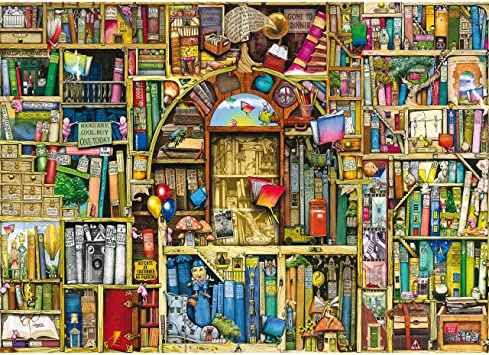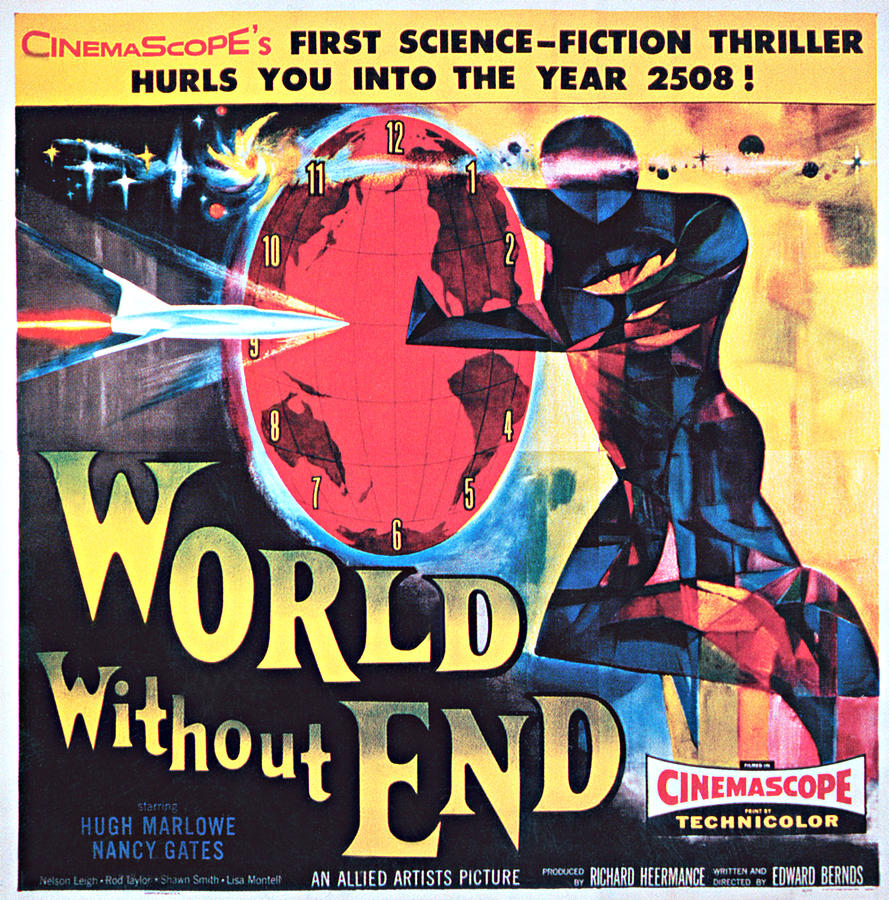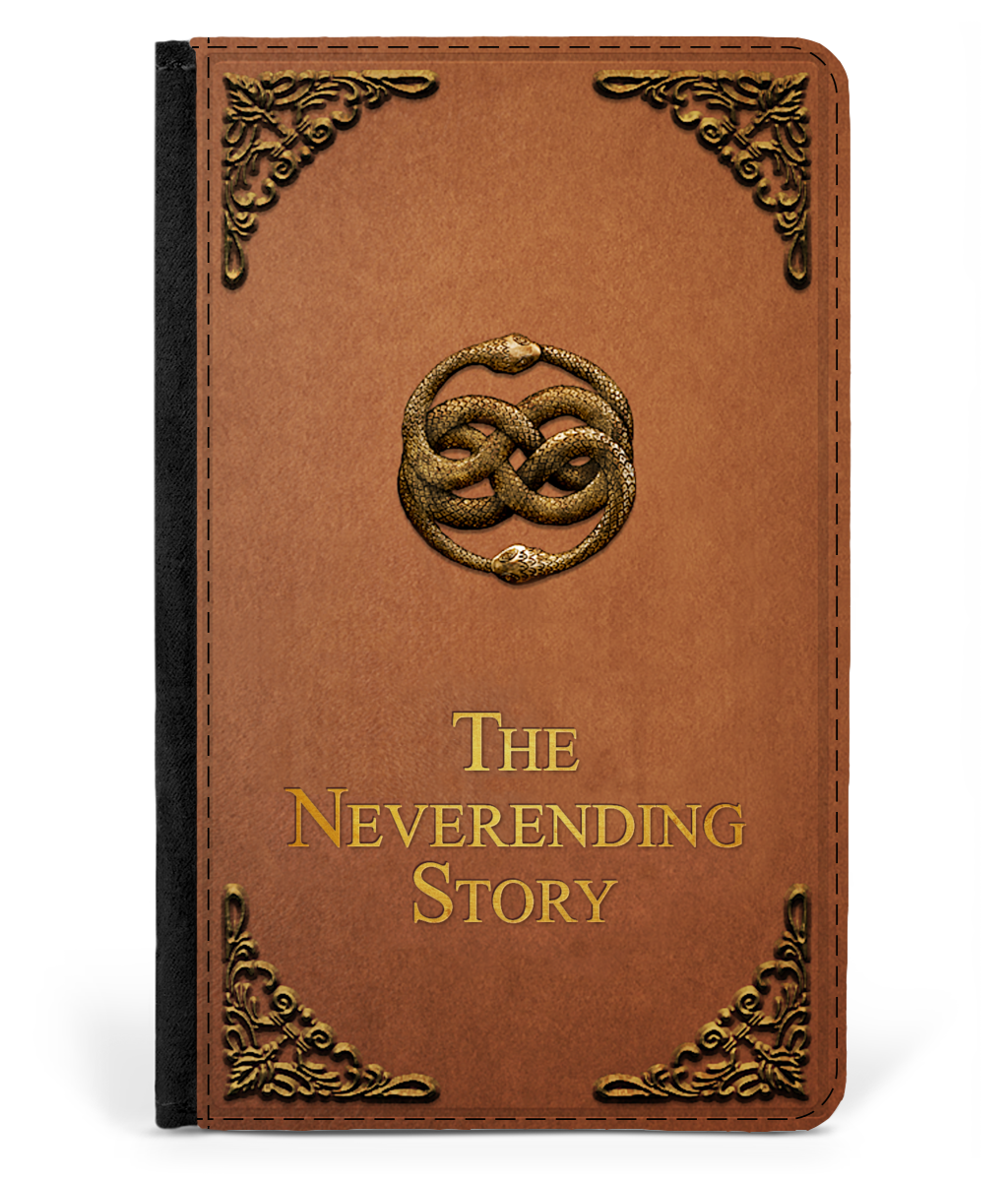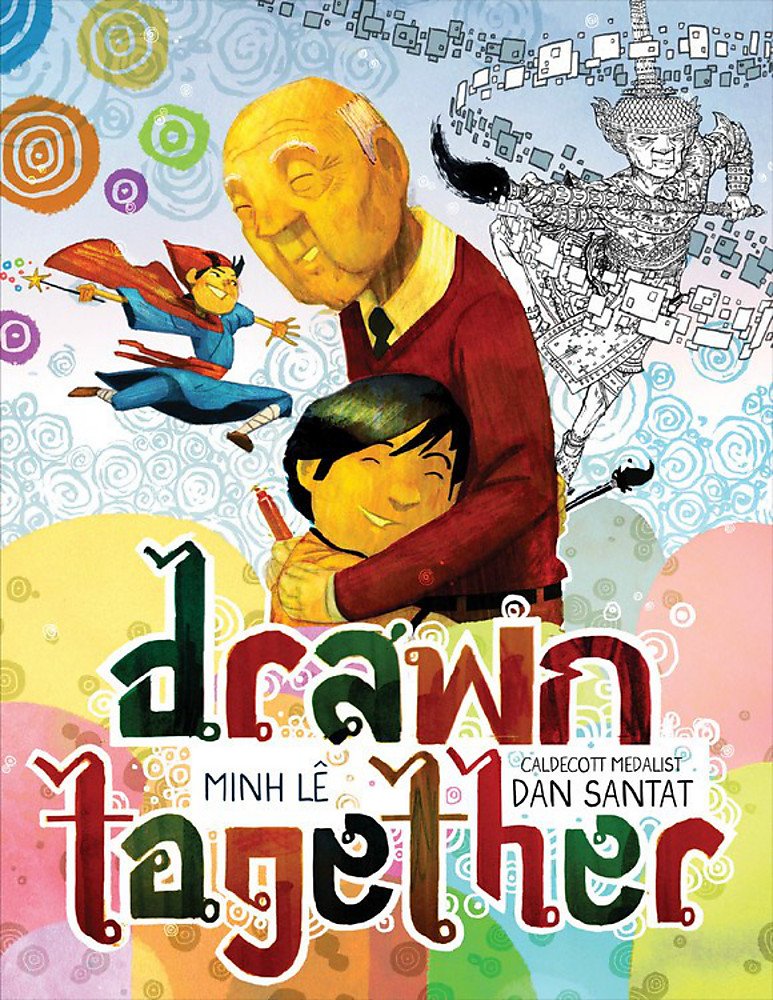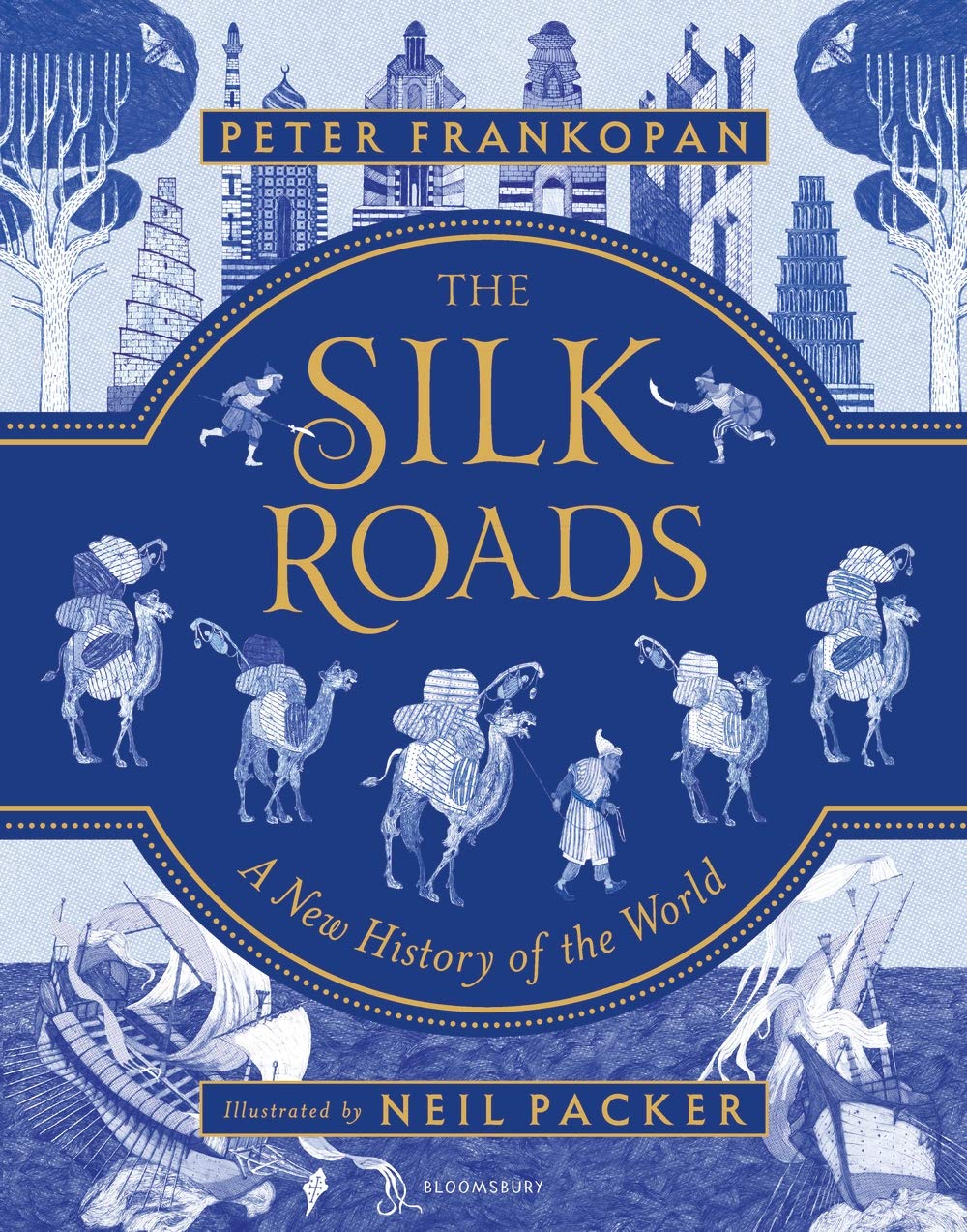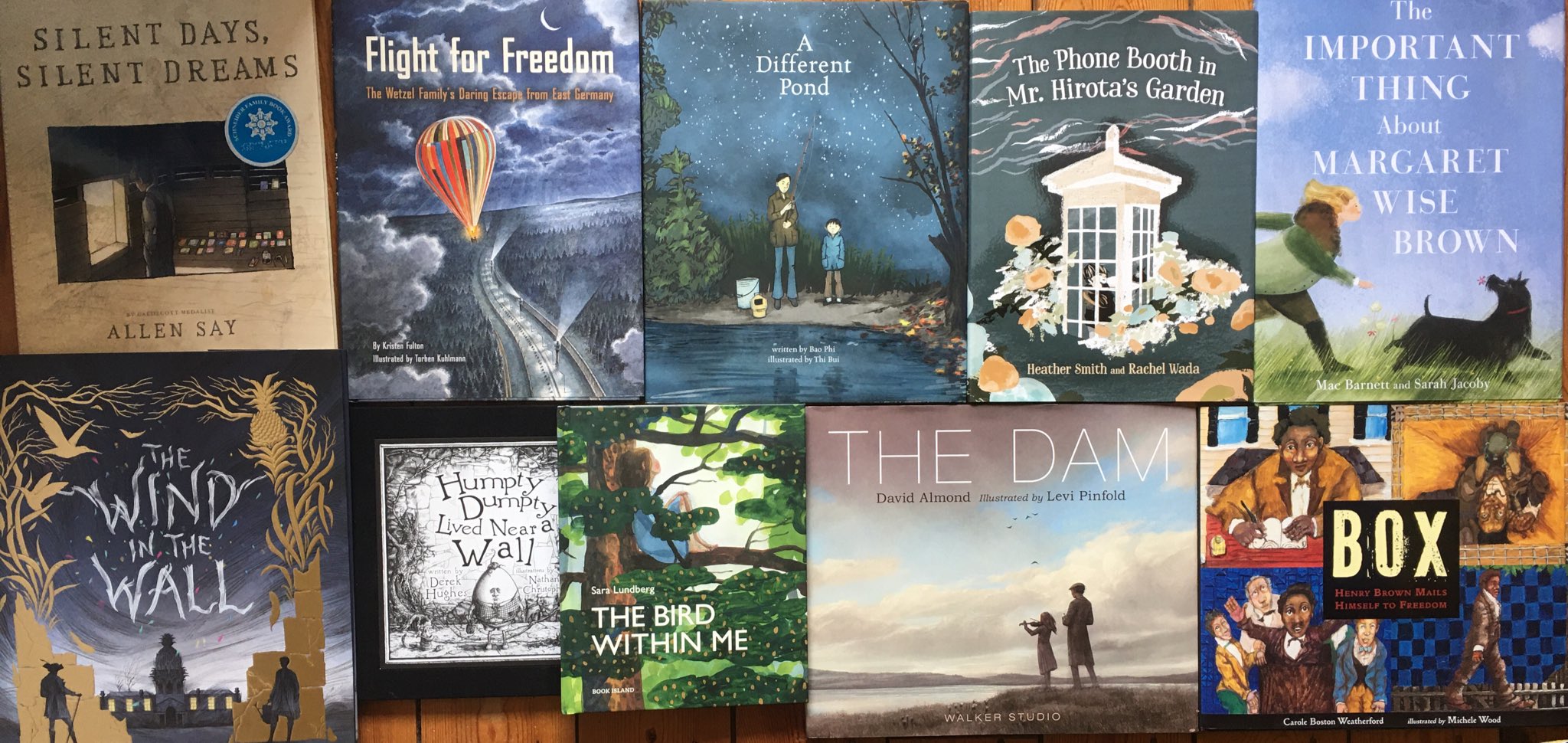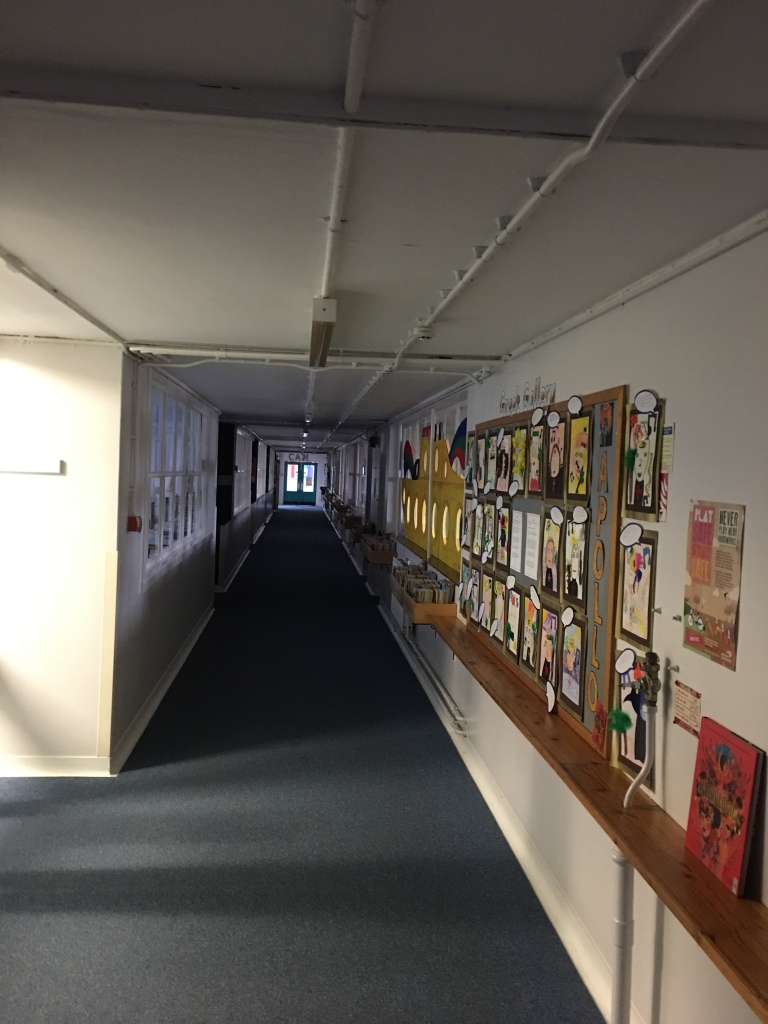OK I admit I’m a bit of a stuck record, but I really do love picture books.
Wonderful, amazing, creative, challenging, funny, heart-breaking, tragic, unbelievable, fabulous picture books. They are not just a vital steppingstone into higher level reading. They are the missing link. They can develop in all Learners the ability to explore, notice, question, predict, summarise, theorise and analyse.
Picture book are often dismissed as being for younger children. They’re not! They are written off as easy. They’re not! There are some stunning picture books out there. Many offer us more than first appears.
Picture books can offer us a powerful way in to supporting young people with their feelings and emotions. The following books all deal with loss and grief and would be an amazing resource for helping young people (and some grown-ups) understand and discuss their feelings and emotions.
The following books all explore grief and loss and would be perfect for helping children explore these emotions…
The Rough Patch by Brian Lies
Evan and his dog do everything together, from eating ice cream to caring for their award-winning garden, which grows big and beautiful. One day the unthinkable happens: Evan’s dog dies. Heartbroken, Evan destroys the garden and everything in it. The ground becomes overgrown with prickles and thorns, and Evan embraces the chaos.
But beauty grows in the darkest of places, and when a twisting vine turns into an immense pumpkin, Evan is drawn out of his misery and back to the county fair, where friendships—old and new—await.
This is a book that I’ve not managed to read without crying. It totally captures, the mixture of sadness and anger that comes with losing someone we love. Just a wonderful brave, honest picturebook.
Up the Mountain by Marianne Dubac
Mrs. Badger, an avid collector and naturalist, takes a weekly journey up to Sugarloaf Peak, greeting her friends on the way and sharing her discoveries with them. One day she meets Lulu, a very small cat, who wants to go with her to the top of the mountain. On the way, Lulu learns to take care of the natural world, help those in need, and listen to her intuition. Rich in wisdom and beautifully illustrated, Up the Mountain Path offers a profound story full of lessons about love, generosity, and following one’s heart.
A beautiful, thoughtful and profound book, that explores friendship and loss. The story stays with you long after you have closed its pages. A wonderful exploration of the impact we have on others and their lives just by being us.
What Happens Next? By Shinsuke Yoshitake
What Happens Next? follows a child’s hilarious, wildly inventive train of thought following the death of his grandfather and the discovery of his journal, in which his grandfather had jotted his thoughts about life after death and the ideal heaven.
As a huge fan of Yoshitake, (his books are one of my must buys.) They are always playful, thought-provoking and imbued with an enormous sense of humour and joy. This book perfectly captures the inquisitiveness of children and the questions the want the answers to when they have lost someone they love. Perfect for sharing and discussing.
Finns Feather by Rachel Noble and Zoey Abbot
Finn knows his brother is gone. But he also knows that Hamish sent the beautiful white feather on his doorstep.
Finn runs to shows his mother the feather from Hamish, but she only gives him a big hug. In school, Finn’s teacher responds similarly. Why isn’t anyone as excited as he is? Finn sits quietly, cradling the beautiful, amazing feather. “Why did Hamish give it to you?” asks his friend, Lucas. “Maybe he wanted to say hi?” wonders Finn. “Maybe,” Lucas says, “Hamish wanted you to have fun with it.”
Finn’s Feather is a story about resilience and memory―about a child, his brother, and a friend who meets him where he is.
Just a beautiful story about loss from a child’s perspective. Gentle and heart-warming in equal measure. This book has a rosy glow of love all over it.
The Funeral by Matt James
Norma and her parents are going to her great-uncle Frank’s funeral, and Norma is more excited than sad. She is looking forward to playing with her favorite cousin, Ray, but when she arrives at the church, she is confronted with rituals and ideas that have never occurred to her before. While not all questions can be answered, when the day is over Norma is certain of one thing — Uncle Frank would have enjoyed his funeral.
This sensitive and life-affirming story will lead young readers to ask their own questions about life, death and how we remember those who have gone before us.
This is one of the most truly honest depictions of how children may deal with grief and loss and how that is often so different to how we as adults deal with it. This is fantastic for helping children understand the rituals and ideas associated with funerals. It’s also great for helping adults understand that sometimes children just cant stop being children.
Big Cat, Little Cat by Elisha Cooper
There was a cat
who lived alone.
Until the day
a new cat came . . .
And so a story of friendship begins, following two cats through their days, months, and years until one day, the older cat has to go. And he doesn’t come back.
This is a poignant story, told in measured text and bold black-and-white illustrations about life and the act of moving on
A simple story about friendship, time and loss. The wonderfully simple design makes the story ring out and the loss more poignant. A beautiful book.
The Scar by Charlotte Moundlic and Oliver Tallec
A little boy responds to his mother’s death in a genuine, deeply moving story leavened by glimmers of humor and captivating illustrations.
When the boy in this story wakes to find that his mother has died, he is overwhelmed with sadness, anger, and fear that he will forget her. He shuts all the windows to keep in his mother’s familiar smell and scratches open the cut on his knee to remember her comforting voice. He doesn’t know how to speak to his dad anymore, and when Grandma visits and throws open the windows, it’s more than the boy can take—until his grandmother shows him another way to feel that his mom’s love is near. With tenderness, touches of humor, and unflinching emotional truth, Charlotte Moundlic captures the loneliness of grief through the eyes of a child, rendered with sympathy and charm in Olivier Tallec’s expressive illustrations.
The Scar is a beautiful, poignant book and so very sad. It deals with death in a very honest and realistic way that is accessible for children but makes no promises, and is all the better for it. My heart ached for this little boy who would never see his mother again. But as all scars do, he eventually begins to heal.
The text is superbly skilled and hits just the right note as do the illustrations.
Rabbityness by Jo Empson
Rabbit enjoys doing rabbity things, but he also loves un-rabbity things! When Rabbit suddenly disappears, no one knows where he has gone. His friends are desolate. But, as it turns out, Rabbit has left behind some very special gifts for them, to help them discover their own unrabbity talents!
This is a stunning debut picture book by author/illustrator Jo Empson. Rabbityness celebrates individuality, encourages the creativity in everyone and positively introduces children to dealing with loss of any kind.
Just a glorious celebration of a life well-lived and the impact we can have on others. Poignant and joyous in equal measure. A true celebration of life.
Mum’s jumper by Jayde Perkins
If mum has gone, how do you carry on?
Missing her feels like a dark cloud that follows you around, or like swimming to a shore that never comes nearer.
But memories are like a jumper that you can cuddle and wear. And Mum’s Jumper might be a way to keep her close.
A simple, heartfelt and ultimately uplifting book for anyone coping with loss.
This book has no silver linings. doesn’t pretend but instead is a simple eloquent exploration of loss, hanging onto memories and ultimately moving on. Who said picturebooks were for children. This is perfect for all ages.
Grandpa by John Burningham
Adorable Grandpa nurses his granddaughter’s dolls, mistakes her strawberry-flavoured pretend ice cream for chocolate, and falls in with her imaginary plans to captain a ship to Africa. It is a friendship that children who read this book will long remember.
A beautiful portrayal of the grandparent child relationship and the hole that leaves when its gone. Simple and touching.
Duck, Death and the Tulip by Wolf Erlbruch
In a strangely heart-warming story, a duck strikes up an unlikely friendship with Death. Death, Duck and the Tulip will intrigue, haunt and enchant readers of all ages. Simple, unusual, warm and witty, this book deals with a difficult subject in a way that is elegant, straightforward, and thought-provoking
Strange and surreal, this must be one of the most unique picture books ever.
It is lonely and melancholy but kind and very gentle. Out of all the books on this list this is the one that has made me stop and think about the life we live and the choices we make. A true work of genius.
The Heart and the Bottle by Oliver Jeffers
Once there was a girl whose life was filled with all the wonder of the world around her. Then one day something occurred that caused the girl to take her heart and put it in a safe place.
However, after that it seemed that more things were empty than before. Would she know when and how to get her heart back?
A beautiful exploration of how we protect ourselves from being hurt, but also how that can stop us truly remembering the joy as well. Locking emotions away will sometimes we lose more than we gain.
Cry Heart, But Never Break by Glenn Ringtved and Charlotte Pardi
Aware their grandmother is gravely ill, four siblings make a pact to keep death from taking her away. But Death does arrive all the same, as it must. He comes gently, naturally. And he comes with enough time to share a story with the children that helps them to realize the value of loss to life and the importance of being able to say goodbye.
A beautifully told, wonderfully realised, story about celebrating a life well lived and being able to let go.
Fox and Goldfish by Nils Pieters
Fox knows that Goldfish is very unwell. Before it s too late, he takes his friend on an epic adventure beyond the fishbowl. Together they take a splash in the ocean, go for a bike ride in the Grand Canyon, admire Mount Fuji, explore the jungle, go skiing and even make it to the moon. Then time has come for Fox to let go of Goldfish. At least he s shown him the entire world. Some things like friendship, farewells, and the beauty of the world are almost beyond words.
A vibrant, joyous celebration of life and friendship that makes its final moments all the more powerful. Almost wordless yet the opening and closing sentences are all the more powerful for that. Just wonderful.
Grandad’s Island by Benji Davies
After the phenomenal success of The Storm Whale and On Sudden Hill, this new book by Benji Davies deals with the emotional topic of losing a grandparent. Subtly told, this beautifully illustrated book tackles a difficult subject with great sensitivity and depth.
Beautifully illustrated this is a fantastic book to share with younger children to help them understand the loss of a grandparent. The relationship in the book is one to truly be treasured.
The End of Something Wonderful: A practical guide to a Backard Funeral by Stephanie V.W. Lucianovic and George Ermos
With gentle humor and quirkiness, this sympathetic book demonstrates how to say goodbye to a beloved pet and give it a proper sendoff.
Off-the wall and more than a little quirky, this book is totally my kind of book. It approaches the loss of a loved pet with a dash of daftness, and a generous dolloping of love. I blummin’ love this book for it’s sensitivity and humour.
Badger’s Parting Gifts by Susan Varley
The tale of a dependable, reliable and helpful badger who realises that his old age will soon lead to death. His friends learn to come to terms with his death in an enchanting tale. With full colour illustrations throughout.
This has stood the test of time for a reason. Badger’s Parting Gift is a timeless story of the imapct we leave on those around us and how we live on through their memories. A classic.
The Gift by Carol Ann Duffy and Rob Ryan
In a quiet town, of a sort not found nowadays, lives a beautiful young girl. One summer day, she visits the woods with her mother and father. While her parents prepare the picnic, she seeks out buttercups and daisies for a flower necklace. As she does so, a wish forms in her mind–and to her surprise, a silver-haired woman appears, ready to grant it.
A story of celebration for a life well-lived and the impact that life has on those we leave behind. Ryan’s artwork is beautifully intricate and compliments Duffy’s poetic words perfectly.
Waiting For Wolf by Sandra Dieckmann
Stunning picture book about grief and learning to accept that death is part of life. Absolutely love the illustrations and I totally felt all the emotions poor little fox was feeling when he realised his best friend Wolf was not coming back. Beautiful
Beautiful, beautiful book, both inside and out. A book of friendship and the howling despair of loss that ultimately gives way to treasured memories. Perfect for exploring loss with children.
If All The World Were… by Joseph Coelho and Allison Colpays
A moving, poetic picture book about a young girl’s love for her granddad and how she copes when his grandad dies, written by poet and playwright Joe Coelho. This powerful and ultimately uplifting text is the ideal way to introduce children to the concept of death and dying, particularly those who have lost a grandparent.
Joseph Coelho’s delicate poetic story is beautifully complimented by Allison Colpay’s tender autumnal artwork to create a powerful emotional picturebook that treasures the time we’ve had.
Rabbit and the Motorbike by Kate Hoefler and Sarah Jacobs
A timeless fable of the journey from grief to acceptance that will touch every reader: Rabbit isn’t sure he’ll ever be brave enough to go on an adventure. He’s a homebody who lives in a quiet field of wheat he dreams of leaving every night. His world is enlarged by his friend Dog and Dog’s tales of motorbike adventures. But one day, Dog is gone, and with him, go the stories Rabbit loves so much. Dare Rabbit pick up the motorbike and live his own story?
• A touching tale for those confronting loss and those who are eager to explore and experience the world around them
• Rabbit’s bravery in the face of sadness will console, nurture, and inspire young readers
A book about the life we live and the impact that can have on other. A book about bravery and the choices we make. Deeply profound and moving.
My Father’s Arms are a Boat by Stein Erik Lunde and Oyvind Torsetter
It’s quieter than it’s ever been. Unable to sleep, a young boy climbs into his father’s arms. Feeling the warmth and closeness of his father, he begins to ask questions about the birds, the foxes, and whether his mom will ever wake up. They go outside under the starry sky. Loss and love are as present as the white spruces, while the father’s clear answers and assurances calm his worried son. Here we feel the cycles of life and life’s continuity, even in the face of absence and loss, so strongly and clearly that we know at the end that everything will, somehow, be all right.
Probably of all the books above this one is the one that affected me the most. A heart-wrenching exploration of loss and depression. It explores the relationship between a father and son after loss. Stunning
Sad Book by Michael Rosen and Quentin Blake
With unmitigated honesty, a touch of humor, and sensitive illustrations by Quentin Blake, Michael Rosen explores the experience of sadness in a way that resonates with us all.
Sometimes I’m sad and I don’t know why.
It’s just a cloud that comes along and covers me up.
Sad things happen to everyone, and sometimes people feel sad for no reason at all. What makes Michael Rosen sad is thinking about his son, Eddie, who died suddenly at the age of eighteen. In this book the author writes about his sadness, how it affects him, and some of the things he does to cope with it—like telling himself that everyone has sad stuff (not just him) and trying every day to do something he can be proud of. Expressively illustrated by the extraordinary Quentin Blake, this is a very personal story that speaks to everyone, from children to parents to grandparents, teachers to grief counselors. Whether or not you have known what it’s like to feel deeply sad, the truth of this book will surely touch you.
A brilliant, powerful exploration of grief and depression. This is starkly honest and immensely powerful. It is a hard read but sings out with a truth. Very rarely does a children’s writer so openly shows themselves to their readers. A stunning book.
…This is all I’ve done so far I’ll continue to add to this as and when time allows. (There are at quite a few books I’ve not covered yet)




